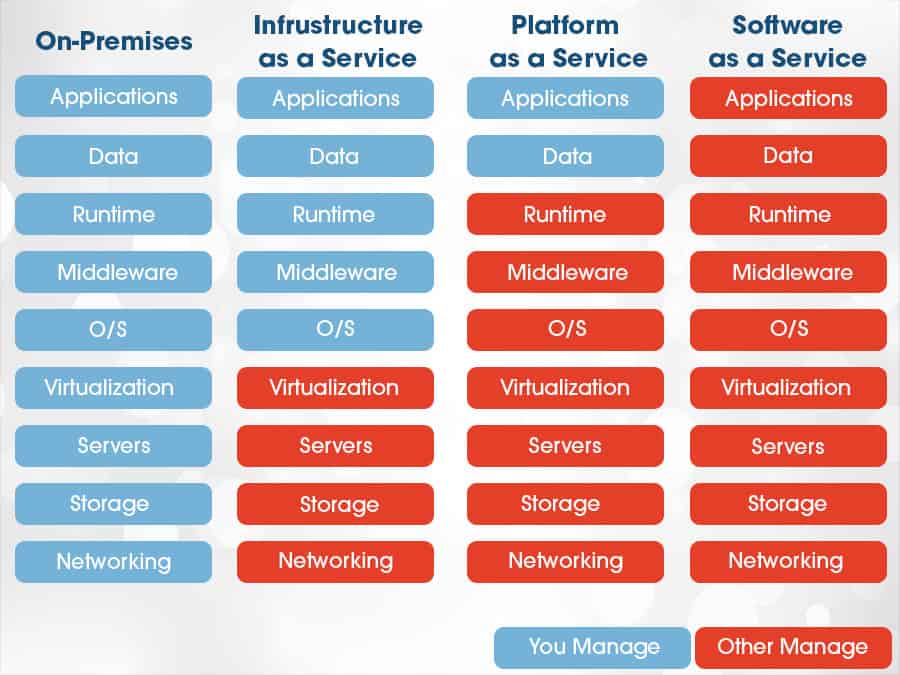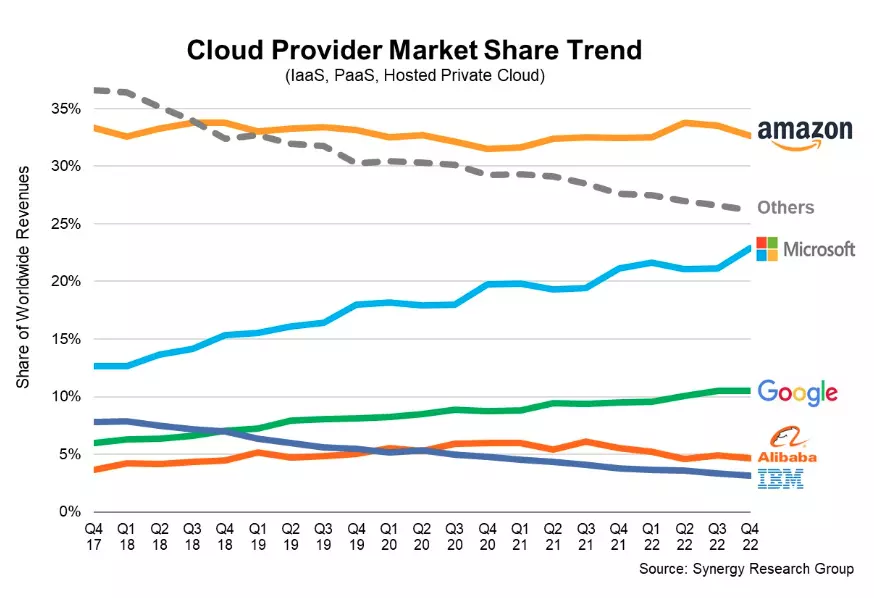Harnessing the Possible of Cloud Providers for One-upmanship out there

Advantages of Cloud Solutions

Cost-efficiency is an additional significant benefit of cloud solutions, as business can prevent big in advance investments in hardware and software application. Instead, they can opt for a pay-as-you-go model, only paying for the resources they eat. This affordable approach makes it possible for services to allot monetary sources much more strategically, purchasing various other areas that drive growth and technology. On the whole, the benefits of scalability, flexibility, and cost-efficiency make cloud solutions a valuable property for business seeking an one-upmanship in today's vibrant market landscape.
Cloud Migration Approaches
Cloud migration requires thorough planning and seamless implementation to ensure a smooth transition of electronic properties to cloud-based environments. Organizations starting this journey needs to initially carry out an extensive assessment of their current IT facilities, applications, and data to identify the most ideal movement method. One usual strategy is the "Raise and Shift" approach, where existing systems are moved to the cloud without considerable adjustments. This technique uses a fast migration procedure yet might not fully leverage the benefits of cloud-native features.
Additionally, the "Replatforming" method involves making minor adjustments to applications to optimize their performance in the cloud environment. This technique strikes a balance between speed and optimization, permitting organizations to gain from cloud capabilities while lessening disturbances.
For more facility systems, the "Refactoring" technique, also referred to as "rearchitecting," includes redesigning applications to be cloud-native. While this strategy requires even more time and resources, it can make best use of the benefits of scalability, flexibility, and cost-efficiency that cloud systems offer.
Ultimately, picking the appropriate cloud migration method depends upon variables such as the organization's objectives, spending plan, timeline, and technical requirements. By carefully assessing these factors to consider, services can efficiently change to the cloud and get an one-upmanship out there.
Enhancing Data Security Measures
After executing cloud migration strategies, organizations should prioritize boosting data protection gauges to protect their digital possessions efficiently. Data protection is vital in the digital age, specifically when leveraging cloud solutions that include sending and storing delicate information. To boost information safety, organizations must think about executing encryption strategies to shield information both at rest and in transit. Encryption ensures that even if unauthorized parties access the information, it continues to be unusable and unintelligible. In addition, implementing multi-factor verification includes an additional layer of safety by anonymous requiring individuals to give numerous types of verification prior to accessing delicate information.
Normal protection audits and vulnerability evaluations are necessary to recognize and resolve any powerlessness in the data security framework without delay. Educating workers on best techniques for information protection and enforcing rigorous access controls can likewise alleviate the risk of inner information breaches. By buying durable information safety and security measures, companies can impart trust amongst their stakeholders and clients, ultimately obtaining a competitive edge in the marketplace.
Leveraging Cloud for Scalability
Applying cloud solutions permits companies to dynamically adjust resources according to require, enhancing scalability and enhancing functional effectiveness. Scalability in the cloud context refers to the capacity to rapidly and conveniently boost or lower resources as required, supplying businesses with the flexibility to meet changing requirements. Cloud platforms supply scalability with functions like auto-scaling, which automatically readjusts resources based upon predefined conditions such as enhanced traffic or workload spikes. This ability eliminates the requirement for companies to purchase additional equipment or software that may stay underutilized throughout regular procedures.
In addition, leveraging cloud scalability makes it possible for organizations to respond promptly to market fluctuations, seasonal demands, or unexpected growth, guaranteeing undisturbed service distribution without sustaining unnecessary expenses. By scaling sources up or down in real-time, organizations can maintain ideal efficiency Web Site degrees while managing costs. Scalable cloud services equip firms to innovate quickly, deploy new applications successfully, and adapt to advancing organization requirements with dexterity. In general, embracing cloud scalability is a strategic action that fosters competition and placements organizations for lasting development in today's dynamic market landscape.

Implementing Cloud-Based Collaboration
Cooperation in modern-day company atmospheres has actually gone through a significant transformation through the assimilation of cloud-based technologies. Cloud-based partnership tools have transformed the method groups collaborate, using real-time interaction, paper sharing, and task administration capabilities no matter physical location. By carrying out cloud-based cooperation services, companies can enhance efficiency, boost effectiveness, and improve process.
One of the vital benefits of cloud-based collaboration is its ability to break down interaction barriers among team members. With attributes like immediate messaging, video conferencing, and digital whiteboards, employees can work together seamlessly and remain linked no issue where they lie. Additionally, cloud-based cooperation devices help with very easy accessibility to shared sources and records, making it possible for staff member to interact on projects in a concurrent fashion.
Furthermore, cloud-based partnership advertises versatility and agility within organizations by making it possible for remote work and cultivating cross-functional synergy. Workers can collaborate in real-time, share comments quickly, and make choices collectively, resulting in quicker enhanced and problem-solving innovation. Generally, applying cloud-based cooperation is vital for contemporary businesses looking to stay competitive in today's hectic and interconnected market landscape.
Conclusion
Finally, the application of cloud services provides numerous advantages for companies looking for a competitive edge in the market. By implementing cloud migration methods, improving data protection steps, leveraging scalability, and utilizing cloud-based collaboration, businesses can enhance performance, lower expenses, and remain ahead of the competition. Welcoming the possibility of cloud solutions is necessary for companies wanting to do well in today's quickly developing company landscape.
The capability to harness the capacity view website of cloud services offers companies countless benefits, from raised agility and scalability to boosted collaboration and data safety and security. As organizations browse the complexities of cloud movement and check out cutting-edge methods to leverage cloud technology, the concern develops: Exactly how can businesses properly utilize cloud services to not just maintain up with yet additionally exceed their rivals in the vibrant marketplace?
Furthermore, the flexibility offered by cloud services allows organizations to gain access to information and applications from anywhere, promoting remote job and partnership among teams situated in various geographical areas. - cloud services press release
By implementing cloud movement techniques, boosting data protection procedures, leveraging scalability, and making use of cloud-based partnership, organizations can enhance performance, reduce expenses, and remain in advance of the competitors. Embracing the capacity of cloud services is crucial for organizations looking to prosper in today's quickly developing service landscape.